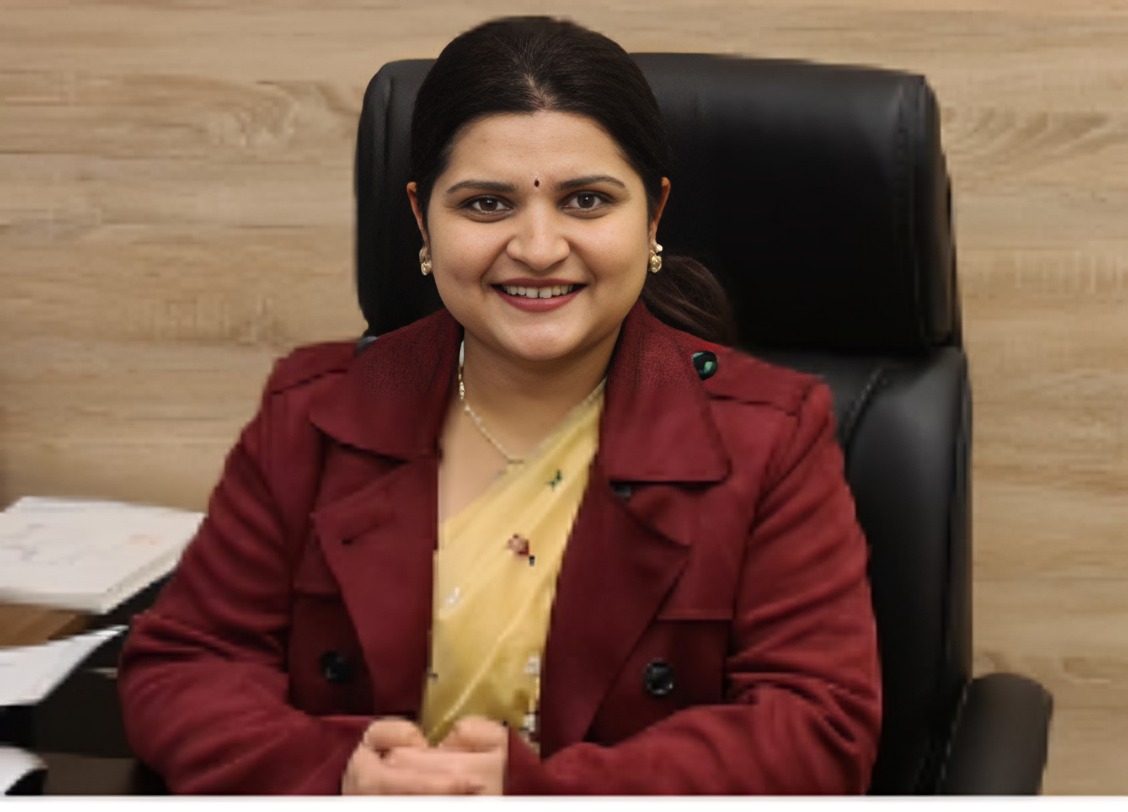
Prevalence of Cataract in India by Dr. Astha Agarwal
Cataract, a leading cause of blindness globally, significantly affects the population of India. As one of the foremost cataract surgeons in Lucknow, Dr. Astha Agarwal provides a comprehensive overview of the prevalence of cataract in India, its impact, and the efforts being made to address this critical public health issue.
Understanding Cataract
A cataract is a clouding of the eye’s natural lens, leading to blurred vision and, if untreated, eventual blindness. It is primarily associated with aging but can also result from trauma, certain medications, and other medical conditions. The symptoms of cataract include:
- Blurred Vision: Cloudy or dim vision, making it difficult to see clearly.
- Glare Sensitivity: Increased sensitivity to light and glare, particularly while driving at night.
- Color Fading: Colors may appear faded or yellowed.
- Double Vision: Seeing double images in one eye.
- Frequent Prescription Changes: Needing frequent changes in eyeglasses or contact lens prescriptions.
Prevalence of Cataract in India
Statistical Overview
India faces a significant burden of cataract, with millions affected by this condition. According to the National Blindness and Visual Impairment Survey (2015-2019), cataract is the leading cause of blindness, accounting for about 66.2% of all blindness cases in the country. The prevalence of cataract increases with age, affecting nearly 74.9% of individuals aged 60 years and above.
Regional Variations
There are notable regional variations in the prevalence of cataract within India. Rural areas tend to have higher rates of cataract blindness compared to urban areas, primarily due to limited access to healthcare facilities and lower awareness levels. States like Uttar Pradesh, Bihar, and Madhya Pradesh report higher prevalence rates compared to southern states like Kerala and Tamil Nadu, where cataract surgery services are more accessible.
Factors Contributing to High Prevalence
Aging Population
India’s rapidly aging population is a significant factor contributing to the high prevalence of cataract. With an increasing number of elderly individuals, the incidence of age-related cataract is expected to rise correspondingly.
Lack of Awareness and Access to Healthcare
In many rural and underserved areas, there is a lack of awareness about cataract and the availability of surgical treatments. Additionally, limited access to healthcare facilities and trained ophthalmologists exacerbates the issue, leading to delayed diagnosis and treatment.
Environmental and Lifestyle Factors
Prolonged exposure to sunlight, particularly ultraviolet (UV) rays, can accelerate the development of cataracts. Furthermore, lifestyle factors such as smoking and poor nutrition can also contribute to the onset of cataract.
Impact of Cataract on Individuals and Society
Cataract significantly impacts the quality of life of affected individuals. It impairs their ability to perform daily activities, reduces independence, and can lead to social isolation. The economic burden is also substantial, with affected individuals and their families bearing the costs of treatment and lost productivity.
Economic Impact
The economic impact of cataract in India is profound. The cost of cataract surgery, while relatively low, can still be a significant financial burden for low-income families. Additionally, the loss of productivity due to vision impairment and blindness can have a ripple effect on the economy, particularly in rural areas where manual labor is prevalent.
Social Impact
Cataract can lead to social isolation and reduced quality of life. Affected individuals may struggle with mobility, leading to dependency on family members for assistance. This can create additional stress and burden on caregivers, affecting the overall well-being of the family unit.
Efforts to Combat Cataract Blindness in India
Government Initiatives
The Indian government has implemented several initiatives to combat cataract blindness, such as the National Programme for Control of Blindness (NPCB). Launched in 1976, the NPCB aims to reduce the prevalence of blindness through cataract surgeries and other preventive measures. Under this program, millions of free cataract surgeries are performed annually, particularly targeting underserved populations.
Non-Governmental Organizations (NGOs)
Numerous NGOs, such as Sankara Nethralaya and the Aravind Eye Care System, play a crucial role in providing cataract surgery and eye care services to marginalized communities. These organizations conduct outreach camps, provide subsidized surgeries, and work towards raising awareness about cataract and its treatment.
Public-Private Partnerships
Public-private partnerships are emerging as an effective model to address the cataract burden in India. Collaborations between the government, private sector, and NGOs help in pooling resources, expertise, and infrastructure to deliver comprehensive eye care services to a larger population.
Technological Advancements
Advancements in cataract surgery techniques and technology have significantly improved outcomes and reduced recovery times. Phacoemulsification, a modern cataract surgery technique, allows for quicker recovery and better visual outcomes compared to traditional methods. Additionally, the availability of intraocular lenses (IOLs) has revolutionized post-surgery vision quality.
Conclusion
Cataract remains a major public health challenge in India, with millions affected by this condition. However, through concerted efforts by the government, NGOs, and the private sector, significant strides are being made to reduce the burden of cataract blindness. Increasing awareness, improving access to quality eye care, and leveraging technological advancements are crucial steps in addressing this issue.
Dr. Astha Agarwal, with her expertise and dedication, continues to contribute to this cause, providing high-quality cataract surgeries and raising awareness about the importance of early diagnosis and treatment.
YouTube – https://youtu.be/VdO22i3iHaw
